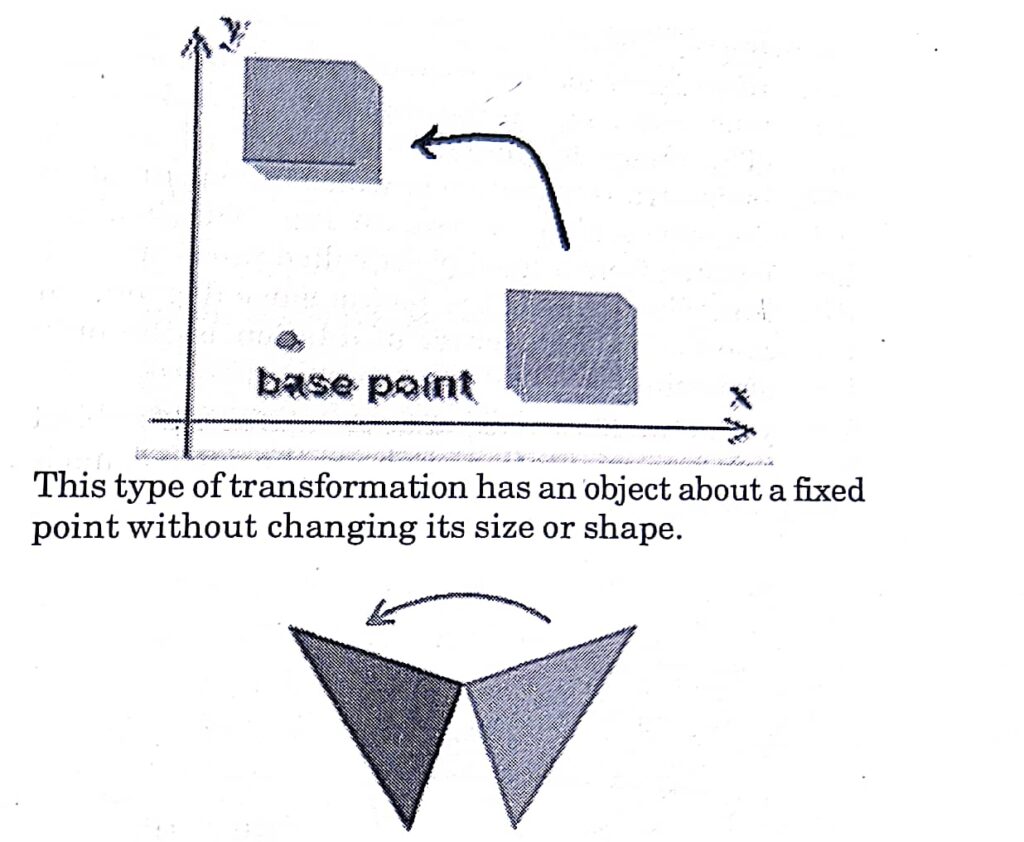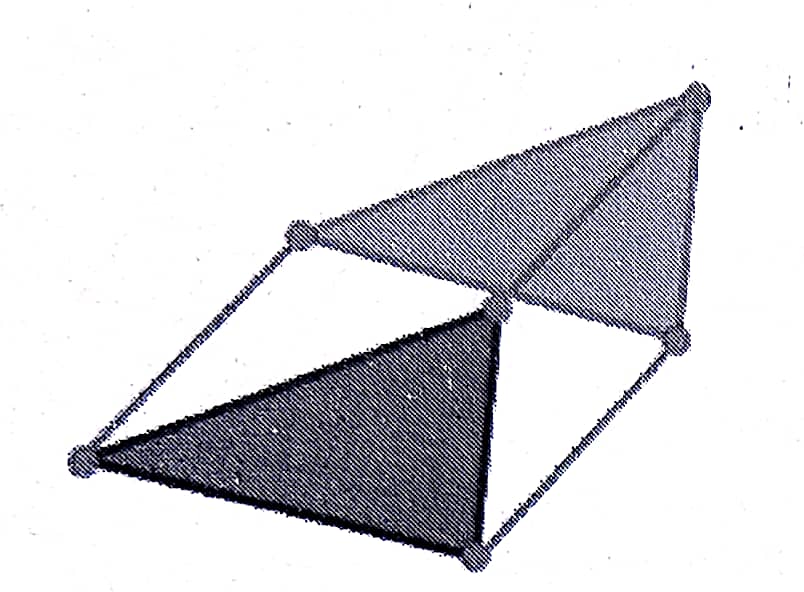TRANSFORMATIONS
In a plane, you can slide, flip, turn, enlarge, or reduce figures to create new figures. These corresponding figures are frequently designed into wallpaper borders, mosaics, and artwork. Each figure that you see will correspond to another figure. These corresponding figures are formed using transformations.
A transformation maps an initial image, called a preimage, onto a final image, called an image. The geometric transformation is a bijection of a set that has a geometric structure by itself or another set. If a shape is transformed, its appearance is changed. After that, the shape could be congruent or similar to its preimage. The actual meaning of transformations is a change of appearance of something.
Types of Transformations
When the size of a shape is increased or reduced then the image of the shape will be similar to the pre-image.The similar figures have dimensions equal inproportion.
But in the case of congruent, the transformation of objects is done by using rotation, reflection or translation. The shape is turned or flipped to transform into another shape.There are four major types of transformations namely: a) Rotation b) Translation c) Dilation d) Reflection
Rotation
The rotation transformation leaves the transformed object the same size, but turned relative to the original position.
The rotation is controlled by a base point (which does not move) and an angle. As illustrated in the figure, if the base point is away from the object being transformed, the effect of the rotation may well include “movement” of the original shape.
In three dimensional rotations, the angle is often (but not always) measured in one of the primary coordinate system planes.

In the above figure, you can see, that the shape is rotated to form its image.To describe you need:direction (clockwise or counterclockwise) degree center point of rotation (this is where compass point goes)
Translation
This type of translation is defined as moving the object in space by keeping its size, shape or orientation constant. In a translation, each point of the shape must be moved in the same direction and for the same distance. When you are doing a translation, the primary object is called the pre-image, and the object after the translation is called the image.Remember, when performing multiple rotations, that Rotation “A” followed by Rotation “B” does not produce the same result as Rotation “B” followed by Rotation “A”.

